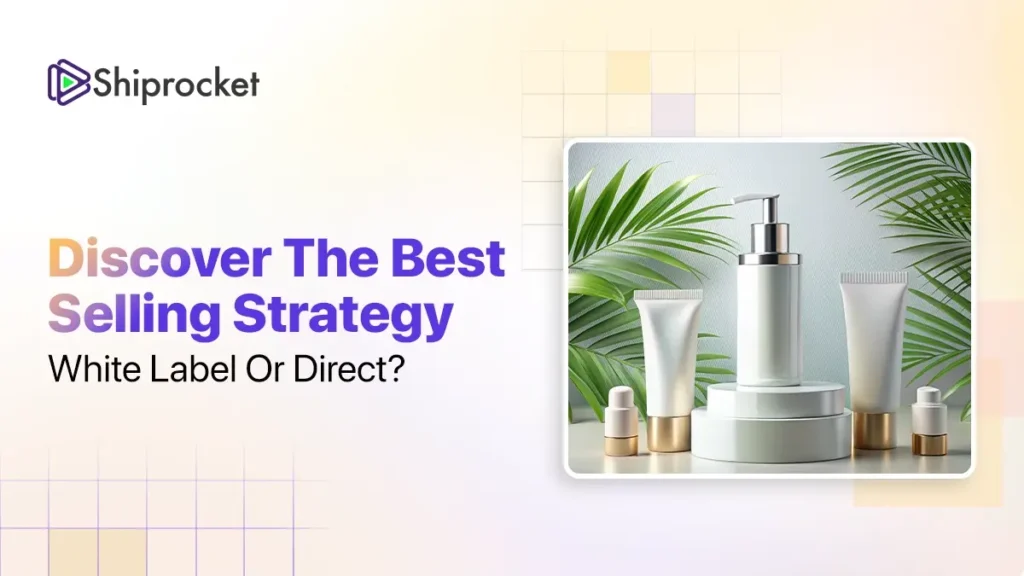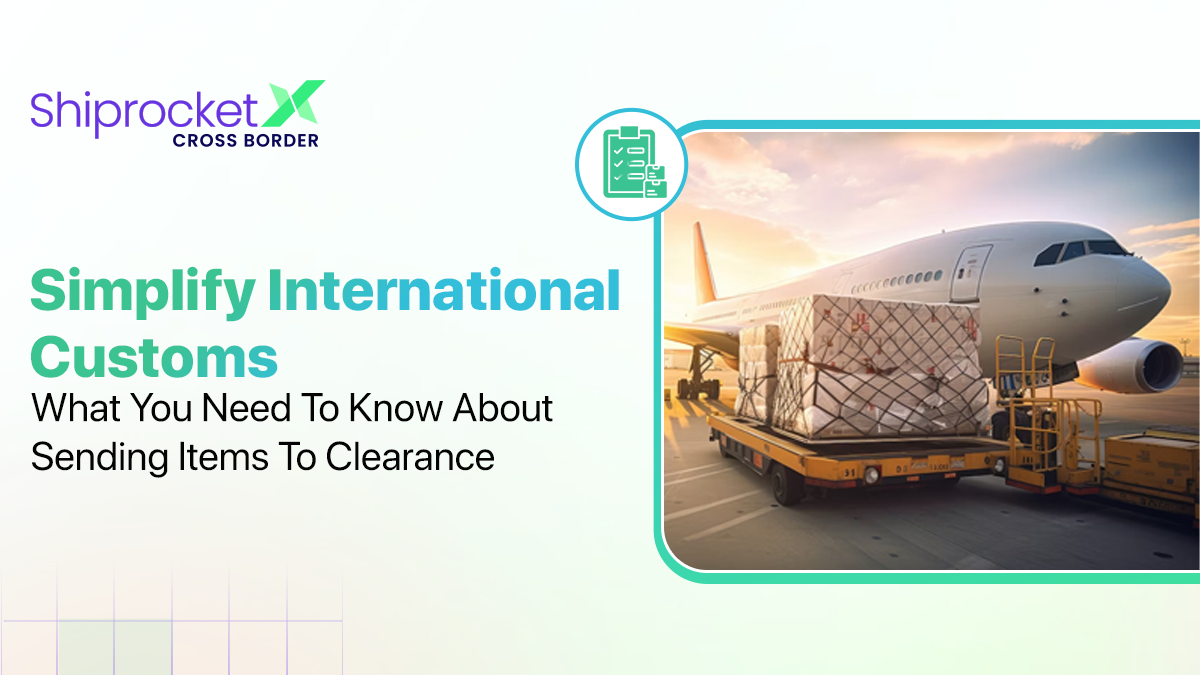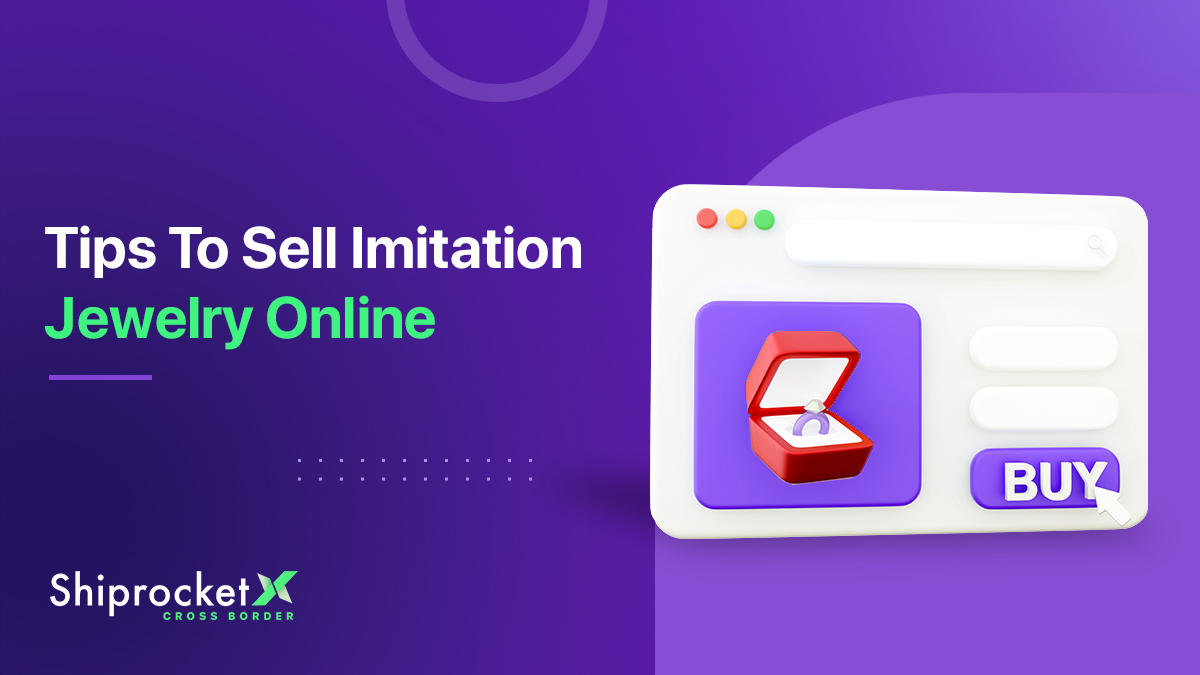Choosing a proper selling method for your online business is important for success as the market today is very complex and competitive. Various selling methods are available, so an adequate understanding of different selling methods and strategies is important to choose the best one for your business. Whether you are an entrepreneur, seller, or planning to start a brand, this blog will guide you through the significant selling methods and help you identify the one that suits your business.
We will explore two major approaches — direct selling and white labelling — to help you clearly compare their differences, pros, and cons. By the end of this guide, you will understand the different selling methods, which will further help you make an informed decision about which to choose for your eCommerce/online business.

Exploring Various Online Selling Methods
Running an online business can be challenging if you do not choose the proper selling method and partner. With increased competition in the market, it is important to understand the different selling methods, which can help you select the method that aligns with your business’s goals and values.
There are two major online selling methods. Below is a table that will help you understand the methods easily:
| Aspect | Direct selling | While label selling |
|---|---|---|
| Product ownership | Sellers create their products. | Sellers rebrand and sell the pre-made products taken from the manufacturer. |
| Cost | Higher upfront costs because of production, R&D, and marketing costs. | Lower initial costs as manufacturers handle the production and design. |
| Branding | Branding and identity are fully customisable. | There is a limitation to rebranding existing products, as the manufacturer controls the product designs. |
| Control over quality | Sellers have complete control over product quality and customisation of the products. | The seller’s quality control depends on the manufacturer’s standards. |
| Profit margins | Has potential for high margins but needs more investment. | Has lower margins due to shared costs of the product with the manufacturer. |
| Speed to market | Needs longer time to market because of product development. | Faster time to market since products are pre made. |
| Scalability | It depends on production capabilities and needs important resources. | It is easily scalable; needs to increase orders from the manufacturer. |
| Customer perception | Seen as an original brand, which increases customers’ loyalty. | Not seen as unique if customers are already aware about the white-label nature. |
| Risk | Has high risk because of large investments and product development. | Has low risk as the manufacturer handles most of the production risks. |
Why White Labelling Can Be a Game-Changer for Your Business?
White labelling provides unique business opportunities for sellers to expand their product list without dealing with product development. Some of the important reasons which make white labelling a game changer for your business are as follows:
- Swift market entry: White labelling helps sellers enter the market swiftly. Sellers don’t have to wait for months or years to launch or develop a product. You can easily partner with a manufacturer, rebrand the existing product, and start selling the product immediately. This helps you stay trendy and competitive.
- Brand expansion: White labelling helps you expand your product range, increasing your sales and brand’s market engagement but also helps the seller and brand meet the different needs of the customers without compromising the brand’s identity.
- Cost-effectiveness: Developing a product can be expensive, especially when you have to do research, development, testing, and production. White labelling of products cuts expenditure on these while focusing on marketing, branding, and sales.
- Less risk: There is a lot of risk in launching a new product, like rejection from the market, production issues, cost failures, etc. With white labelling, the manufacturers take care of most of the risk, leaving you with a product already tested and proven in the market.
- Flexibility and adaptability: White labelling allows sellers to adapt to market changes. If one product of your brand isn’t performing well, you can switch to a different product or a category without burdening your finances.
The Advantages of Selling Direct to Consumers is Beneficial
Selling directly to customers (D2C) allows sellers to control their brand’s values and perceptions while building stronger relationships and increasing profits. Some of the other significant advantages of selling directly to consumers include:
- Direct customer relationships: Selling directly to customers helps you to build relationships with them while connecting with them, collecting their feedback, understanding their preferences, customising your services or products as per their needs, etc.
- High profit margins: When you sell products directly to customers, you can eliminate the need for retailers or wholesalers. You can keep most of the profit to yourself, offer competitive prices to customers, and increase sales.
- Complete control: Unlike third-party retailers, you have full control over marketing, branding, products, customer experience, etc., when you sell directly to customers. This also helps you strengthen your brand’s identity and build trust amongst your customers.
- Flexibility: Selling directly to customers allows you to adapt quickly to market and customer demands. When you launch new products, experiment with different marketing strategies, adjust prices, make decisions, etc.
- Better customer experience: When you have the opportunity and control over the entire product journey, you can create a seamless experience for your customers.
Exploring Alternatives to White Labelling
When sellers are confused between white labelling and selling to customers directly, there are some other alternatives that you can explore:
- First-party selling (1P Selling): It includes selling products through first-party relationships, like you sell your products wholesale to a major online platform like Amazon or Myntra. Then, these platforms will sell your products under their brand name. But like every selling method, this also has some pros and cons:
Pros: You and your products gain credibility and fame, you cater to a large customer base as these platforms have a wide audience, and your main task is to supply products. The rest of the risks, like logistics, marketing, returns, customer service, etc., are the platform’s job.
Cons: You have less control over the pricing of your products on the platform and have lower profit margins as you will be selling as a wholesaler.
- Third-party selling (3P Selling): As a third-party seller, you can sell on online platforms like Amazon or Flipkart, but with more control over pricing and branding. But like every selling method, this also has some pros and cons:
Pros: You can control your product’s branding, pricing, and packaging while creating a unique customer experience. You can also benefit from the existing customer base of online platforms.
Cons: Unlike 1P, this has greater responsibility and competition as other brands will sell the same items.
White Labelling vs. Direct Selling: What is Best for Your eCommerce Business?
Choosing the right selling method for your online business is important for your brand’s growth and profits. Whereas each selling method, direct selling and white labelling, has its challenges and advantages, you must first understand those to choose wisely which will suit your business goals the most. The pros and cons of both are briefly explained below:
| Direct selling | White labelling | |
|---|---|---|
| Definition | Includes manufacturing, developing, and selling products directly to the customers, which gives sellers more control over their products, pricing, categories, and customer experience. | Includes selling products manufactured by other companies but rebranded as per your business’s name. This helps sellers to swiftly enter the market with ready-made products, focusing on building brand identity only. |
| Pros | You will have complete control over everything from designing, pricing, creativity, etc. | There will be a quick market entry as the product development will be done by the manufacturer. |
| High-profit margins are gained from sales as you make the products from the baseline. | There is low risk and investment initially as the cost of product designing, R&D, manufacturing, etc., is not borne by you. | |
| Strong brand identity will be showcased as you create and sell your unique products. | You can focus on marketing and branding to scale your business. | |
| Cons | Higher initial costs can be expected as manufacturing and development of your own products is expensive. | Limited to no customisation in products, which makes standing out in the market difficult. |
| Have higher risk and responsibility as you will be responsible for every aspect of the business. | Dependence on manufacturers is higher for product quality and supply chain. | |
| Building a product from scratch will take time so that market entry won’t be as quick as in white labelling. | You might have low profit margins as you will not be the original manufacturers. |
The choice between white labelling and direct selling depends on you and your business resources, objectives, goals, target audience, and market strategies. If you want to launch products quickly with low risk, then white labelling is an ideal option. Whereas, if you want to build a unique brand with high profit and risk with capital to invest, you can go for direct selling.
Conclusion
In today’s competitive online marketplace, selecting the proper selling method is important for the success of your online business. White labelling and direct selling offer unique challenges and advantages. Direct selling provides complete control of your brand’s products and categories with high profit margins, but also requires a significant investment of time and resources. Contrarily, white labelling helps you enter the market swiftly with low cost and risk. You can also expand your product ranges without the complexities of product development.
Ultimately, the decision to choose a selling method depends on your business goals, resources, and the control you want on products. Whichever method you choose, ensure a proper understanding of these methods to make an informed decision that aligns with your business goal. Are you ready to take the next step? Analyse your resources, goals, and capital, and choose the method carefully which will drive your eCommerce or online business to success.





